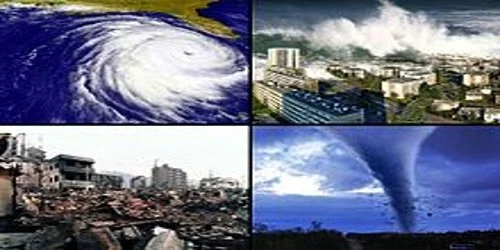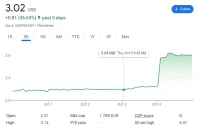Caribbean's Climate Crisis: A Debt Spiral Hurricane
The Anatomy of a Disaster Loop
The headlines scream about Hurricane Melissa, a Category 5 monster that ravaged Jamaica, Cuba, and Haiti in October 2025. But the real story, as always, is buried beneath the surface. It's not just a single storm; it’s the compounding effect of repeated disasters hitting vulnerable nations before they’ve even had a chance to recover. Think of it like a financial black swan event, but instead of a market crash, it's a climate-fueled catastrophe hitting the same countries again and again.
The numbers paint a grim picture. Jamaica was still reeling from Hurricane Beryl in July 2024. The Rural Agriculture Development Authority estimated $15.9 million in damages affecting 45,000 farmers. Cuba's power grid, crippled by Hurricane Oscar in October 2024, was barely patched up when Melissa arrived to finish the job. Haiti, already drowning in political instability, gang violence, and a cholera epidemic, was in dire straits before the storm even made landfall.
This isn’t just bad luck. It's a "compounding disaster trap," as one study puts it, a self-reinforcing cycle of infrastructure collapse, economic debt spirals, and social erosion.
The Rotting Foundation
Infrastructure collapse is the most visible sign. One system fails – power, for example – and takes down everything else with it: water pumps, communications, hospitals. We've seen this before; Grenada after Hurricane Ivan, Dominica after Hurricane Maria. These aren’t isolated incidents; they're becoming the baseline expectation. What's the cost of hardening this infrastructure before the next storm? A lot, sure, but what's the compounding cost of not doing it?
Then comes the economic debt spiral. A country exhausts its reserves on one recovery, borrows to rebuild, and gets hammered again while still paying off the debt. Hurricane Ivan cost Grenada over 200% of its GDP. Maria cost Dominica 224%. Dorian cost the Bahamas 25%. Each storm adds to the debt, lowers credit ratings, and makes future borrowing even more expensive. It's like a subprime mortgage, but for entire nations.
And finally, there's the social erosion. People leave. More than 200,000 people fled Puerto Rico after Maria. Nearly a quarter of Dominica's population did the same. Community networks break down. Psychological trauma compounds. (I've seen similar patterns in post-conflict zones; the human cost is always the hardest to quantify). The very social fabric needed for recovery is being torn apart. The question is, how do you rebuild trust after so much has been lost?

The problem, as I see it, is that these three loops – infrastructure, economics, and social – feed off each other. You can’t rebuild infrastructure without money. You can’t generate economic activity without infrastructure. And you can’t retain a skilled workforce when people are fleeing to safer places.
Adaptive Recovery
The solution, according to experts, is "adaptive recovery." One-size-fits-all solutions don’t work when crises unfold across multiple layers of society.
At the household level, this means cash assistance and long-term mental health services. At the community level, it means investing in local networks. At the infrastructure level, it means decentralized power grids, natural storm barriers, and strict building codes.
But the biggest challenge is at the global level: fixing the debt trap. Hurricane clauses in bond agreements can pause debt payments when disasters strike. Debt-for-climate swaps can reduce existing debt in exchange for investments in climate adaptation. Pre-positioned climate finance can provide funding before storms hit, not months later.
The current system, controlled by global lenders and donors, requires countries to prove their losses after a disaster to access assistance. This process can take months, stalling recovery when aid is needed most. It's like making a drowning person fill out paperwork before throwing them a life preserver.
The Association of Village Council Presidents (AVCP) in Alaska is pushing for a regional approach to disaster preparation after being hit with "Arctic typhoons." They want a regional emergency response coordination center in Bethel with smaller centers. They also want more Village Public Safety Officers (VPSOs). According to AVCP officials, just four VPSOs were on the ground in 25 villages to help residents prep for the incoming storm.
Climate Change: Pay Now, or Pay Forever
The Caribbean is a warning sign. What's happening there today is a glimpse of what's coming for coastal and island communities worldwide. We can either learn from their experiences and redesign disaster recovery now, or wait until the trap closes around everyone. The numbers don't lie, and they're screaming that we're running out of time.










